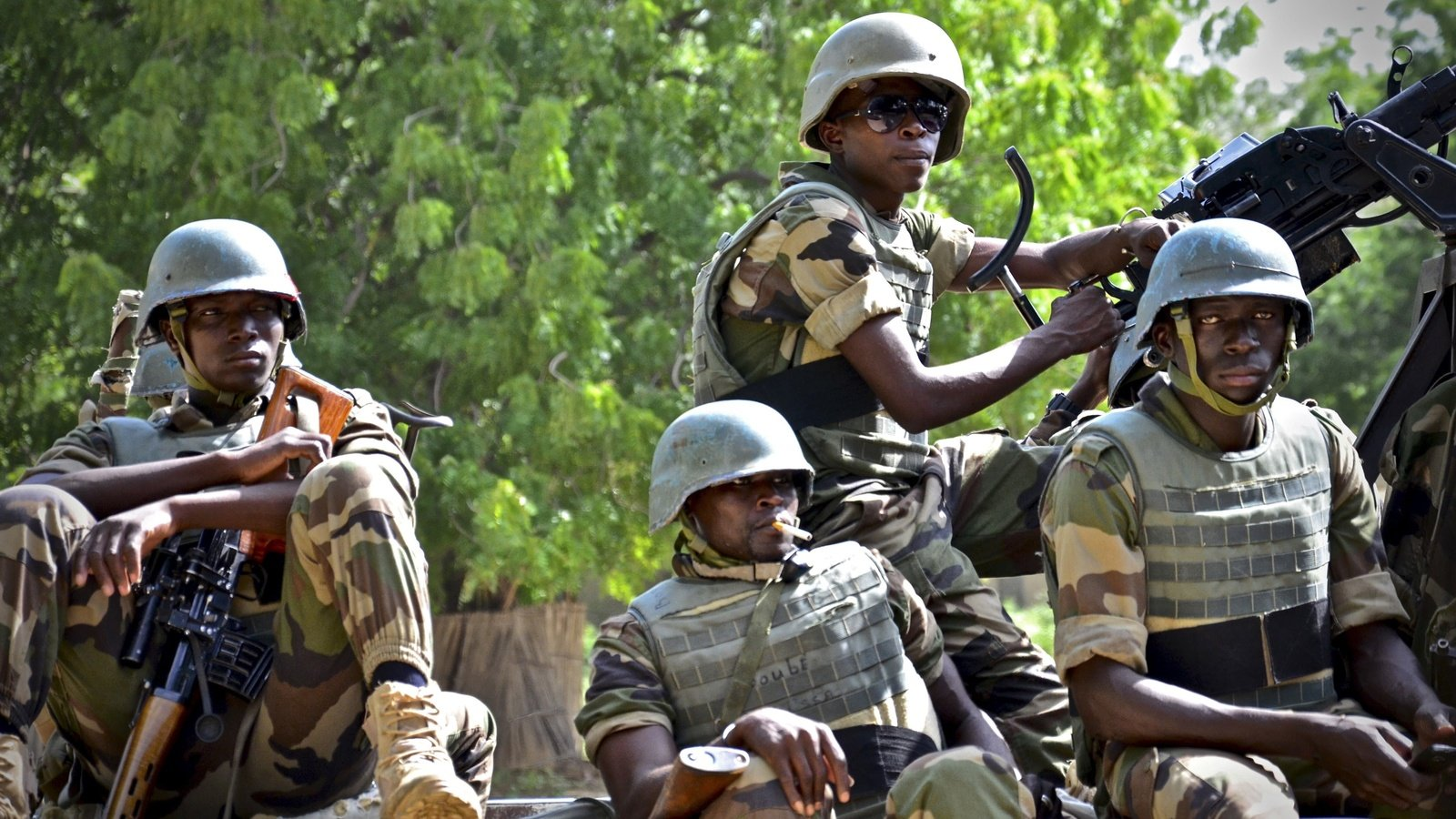The Nigerian state security apparatus has a long history of human rights violations. Most recently, the Special Anti-Robbery Squad (SARS), a notorious Nigerian police unit, made international headlines for its brutality and a wave of massive protests calling for its disbandment—which were then quashed by security services in a horrifying massacre of peaceful protestors. In many instances, the military’s response to Boko Haram has been similarly heavy-handed and indiscriminate. Abuses have been well-documented by Amnesty International, Human Rights Watch, and even the State Department. A former colleague of mine gained access in 2017 to a prison holding suspected Boko Haram operatives, where he confirmed the abhorrent conditions and presence of significant numbers of women and children. Nevertheless, members of the military and police have also been victims of Boko Haram in their own right.
The impact of the Boko Haram conflict on security services has been far-reaching, but in this analysis, the focus is on the geographic heart of the conflict—Borno, Yobe, and Adamawa states in Nigeria, the Lac region in Chad, Diffa in Niger, and Extreme-Nord in Cameroon.
State Actor Deaths in the Boko Haram Conflict in Nigeria, Cameroon, Chad, and Niger
Since 2012, the Nigeria Security Tracker (NST) has documented roughly 3,384 state security service deaths in the Boko Haram conflict. The epicenter of the violence is Borno State, which accounts for nearly 70 percent of all security personnel deaths in the NST dataset. Though the militaries of Cameroon, Chad, Niger, and Nigeria cooperate under the guise of the African Union-authorized Multinational Joint Task Force (MNJTF), the NST does not distinguish the nationality of security personnel victims, only the approximate geographic location.

State Actor Deaths in the Boko Haram Conflict in Nigeria, Cameroon, Chad, and Niger

The deadliest years for security services overall have been 2018, 2019, and 2020, with 2019 the deadliest at an estimated 719 security personnel killed. This represents a shift from the height of the conflict in 2014-2015, when security personnel deaths were relatively low compared to the astronomical number of Boko Haram and civilian deaths, as can be seen in the chart below.
State Actor, Civilian, and Boko Haram Deaths in the Boko Haram Conflict in Nigeria, Cameroon, Chad, and Niger

Since 2014, at least, Boko Haram has split into factions which sometimes cooperate. New factions are especially hostile to the police and the security services. In response to high casualty rates, the military and security services have withdrawn into highly fortified encampments. Their death rates have declined, but the jihadi factions are able to move about the countryside almost at will.
State Actor Deaths in the Boko Haram Conflict in Nigeria, Cameroon, Chad, and Niger

In 2019 and 2020, security personnel deaths jumped in Chad’s Lac region. In one incident in Bohoma in 2020, over ninety Chadian troops were killed. But Nigeria, and Borno State in particular, still remain the geographic center of the conflict. The borders in northeastern Nigeria, and particularly around Lake Chad, are porous, facilitating both Boko Haram and MNJTF’s regular movement across them.
While these numbers appear to bring a sense of precision to the conflict, important to remember is that the NST relies on open-source reporting of casualties, which is subject to a number of biases in the context of the Boko Haram conflict. For one, many incidents take place in remote areas. As a result, estimates come from the military or Boko Haram themselves, both of which have incentives to downplay the number of deaths on their respective sides while overstating enemy casualties. Nevertheless, they provide a sense of the shape and trajectory of the conflict. The data shows that Boko Haram is far from defeated, and that the decline in military and security-service casualties are likely the result of their withdrawal from much of the countryside.

